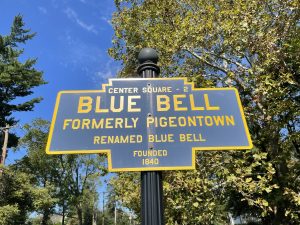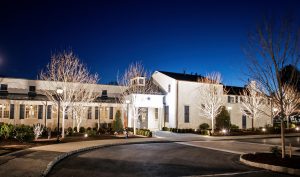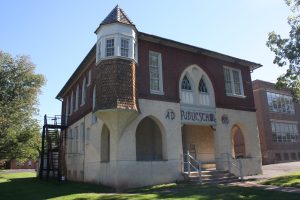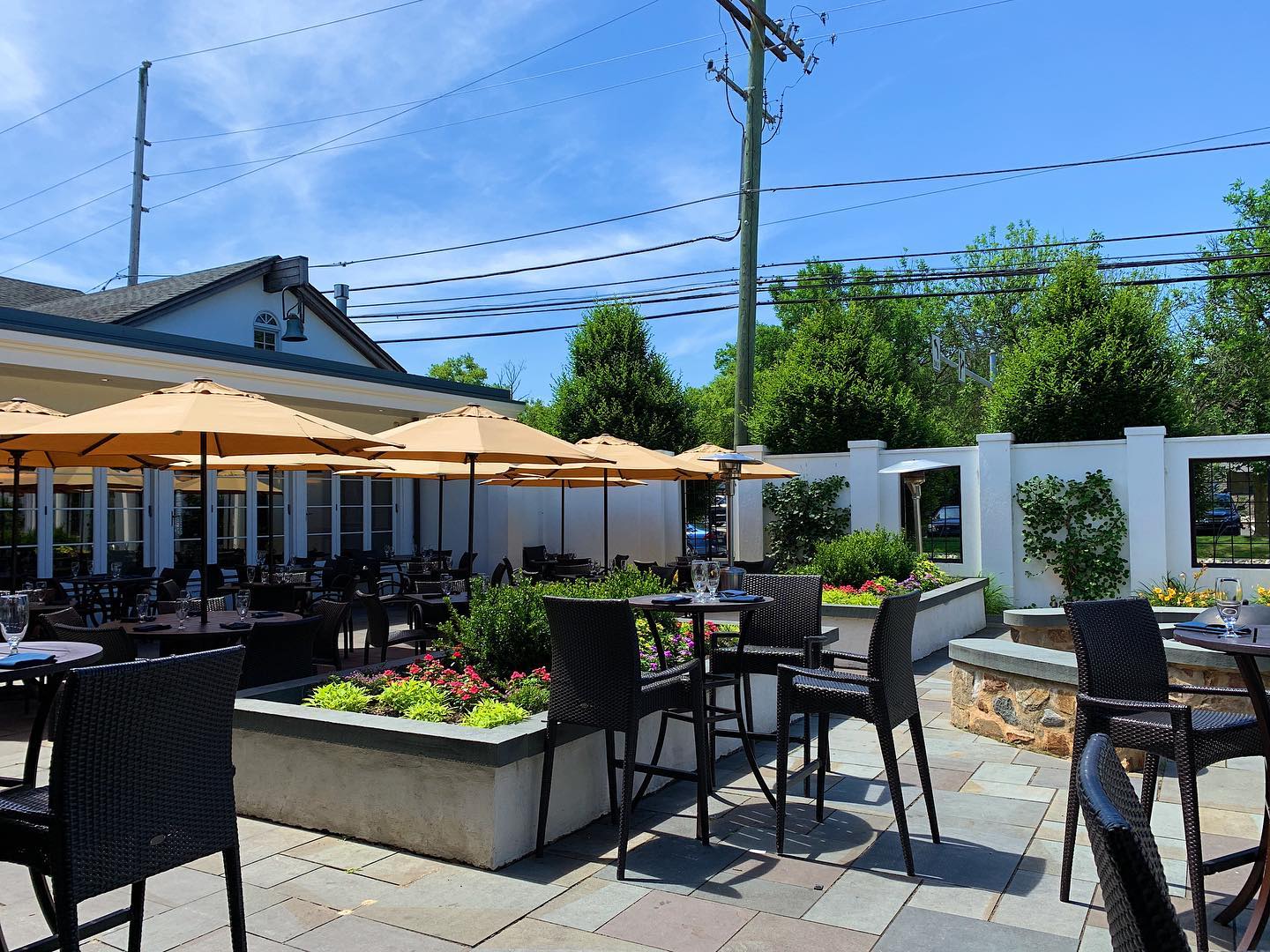Blue Bell, Pennsylvania, is a sought-after suburb of Philadelphia offering a vibrant community, convenient access to the city, and beautiful sprawling properties. But beneath the modern facade lies a rich tapestry of history, waiting to be explored. This charming town boasts fascinating landmarks and played a significant role in shaping American history.
A Safe Haven and Flourishing Community
The land we now know as Blue Bell was originally home to the Lenni Lenape people. In 1681, William Penn established the area as a Quaker colony based on religious tolerance. This philosophy of mutual respect and helping others continues to be a cornerstone of Blue Bell’s identity.
Blue Bell resides within Whitpain Township, one of the oldest townships in Montgomery County. Initially, it was a vast tract of land purchased by Richard Whitpaine. As Philadelphia grew, commerce and opportunity reached the region, transforming Blue Bell into an important agricultural hub due to its fertile land.

From Pigeontown to Blue Bell Inn
Interestingly, Blue Bell wasn’t always its current name. In its early days, it was known as Pigeontown, named after the now-extinct passenger pigeons that once flocked to the area. These birds were a vital source of food and income for residents, but over-hunting led to their decline. The town adopted its current name in 1840, inspired by the famous Blue Bell Inn.
The Blue Bell Inn, a central point of the community, has stood since 1743. Initially called “The White House,” it served as lodging for weary travelers. In 1796, the iconic bell tower was constructed, and the establishment adopted the name that would define the town. Today, the Inn remains a popular spot for socializing, enjoying delicious meals, and experiencing a slice of colonial America.

Boehm’s Church: A Historic Sanctuary
Another significant landmark is Boehm’s Church, founded in 1740 by Rev. John Phillip Boehm, a schoolteacher and religious leader. This small chapel, originally catering to German immigrants, played a crucial role during the Revolutionary War. It was converted into a makeshift hospital to care for wounded American soldiers, reflecting the realities of the war and the community’s dedication. Boehm’s Church has been renovated and expanded over the years, retaining its historic charm and welcoming congregation.
George Washington’s Temporary Headquarters
Due to Philadelphia’s pivotal role in the Revolutionary War, nearby towns like Blue Bell were often involved. After the American defeat at the Battle of Germantown, George Washington and his troops, numbering around 15,000, retreated to Blue Bell for regrouping and strategizing. A property called Dawesfield served as Washington’s temporary headquarters for a few months in late 1777. He and his men later relocated to nearby estates before finally reaching Valley Forge for the winter. It’s said that Washington frequented the Blue Bell Inn during his time in the region.
Whitpain and the Fight for Abolition
Whitpain Township’s Quaker roots instilled a deep commitment to abolitionism. The area was home to prominent figures like Lucretia Mott and Hiram Corson. During the Civil War, Blue Bell and Whitpain played a crucial role in supporting the Union cause. The Whitpain Ladies’ Aid Society, formed in 1862 by a group of women, actively supported the war effort. They provided food, clothing, medical supplies, and financial aid to hospitals on the front lines.

Blue Bell: A Blend of History and Modern Charm
Blue Bell’s rich history is a testament to its strong community spirit and resilience. This legacy continues to shape the town’s character. However, Blue Bell offers more than just historical significance. It boasts excellent schools, friendly neighborhoods, exciting festivals, and a high quality of life, making it a desirable place to call home.
Considering a move to a charming community steeped in history? Look no further than Blue Bell, Pennsylvania. Explore its historical landmarks, discover its vibrant present, and experience the unique blend of the past and present!
Learn More About Blue Bell’s History





